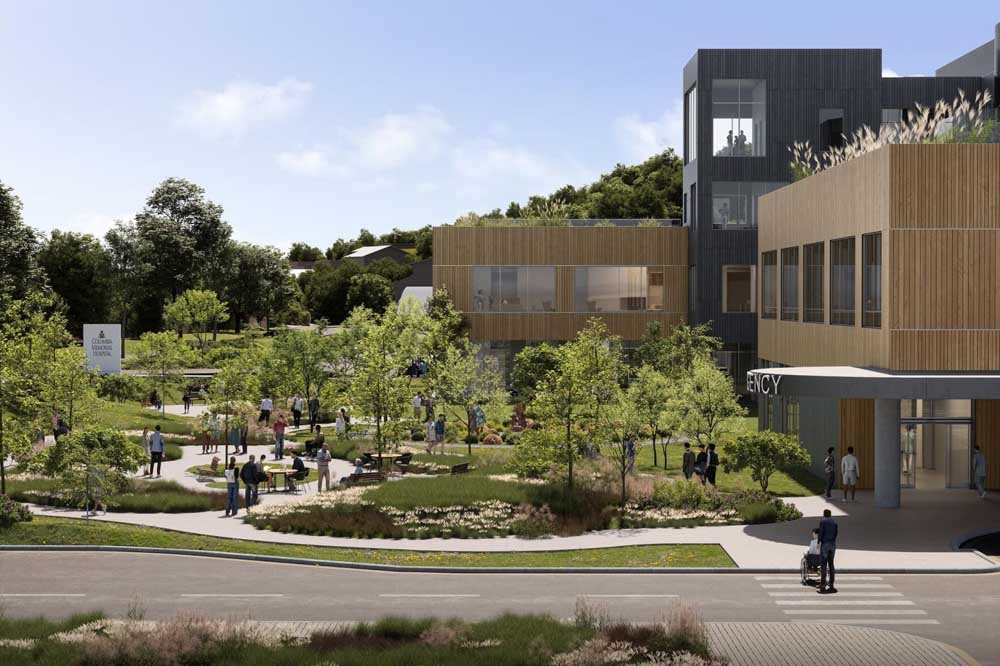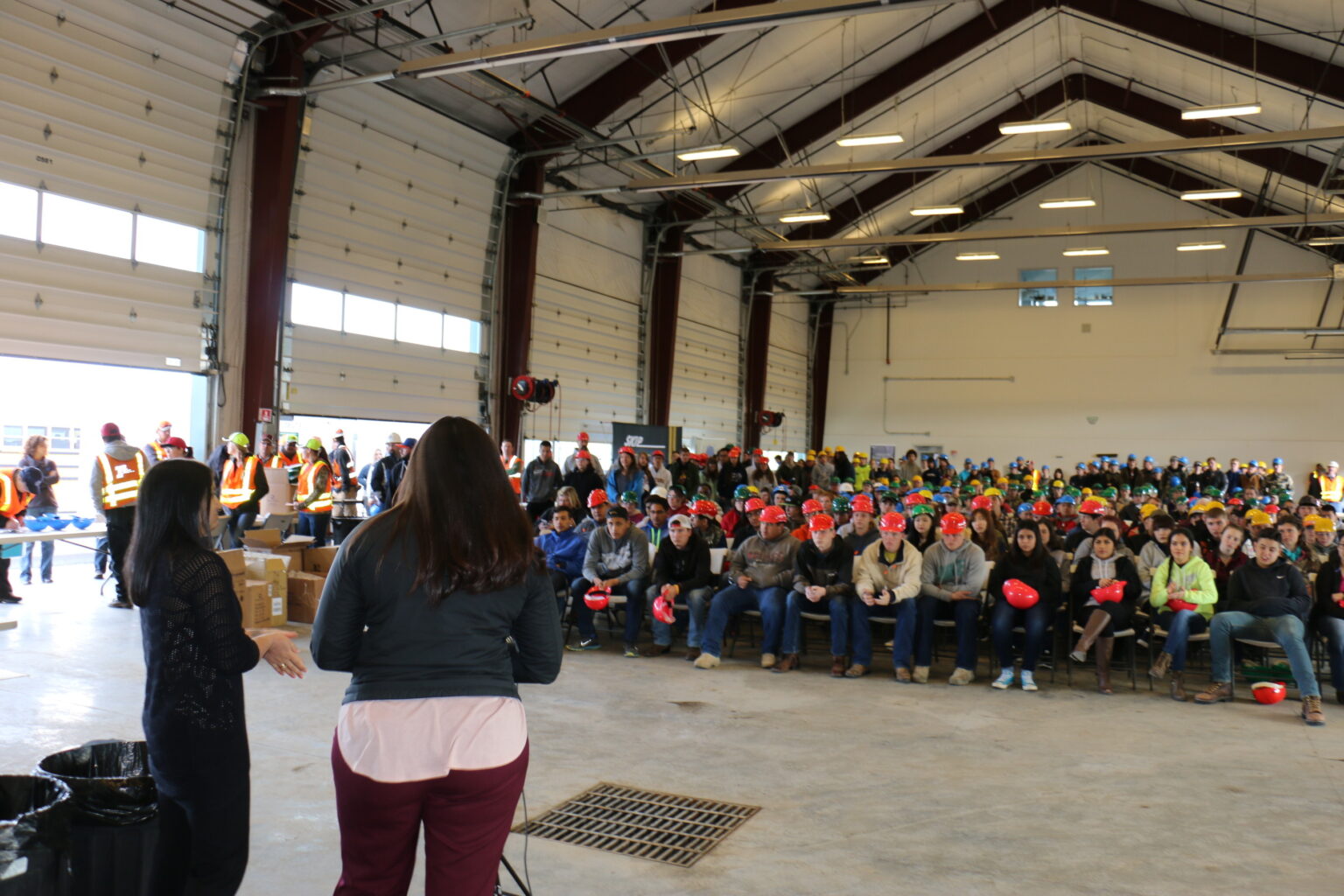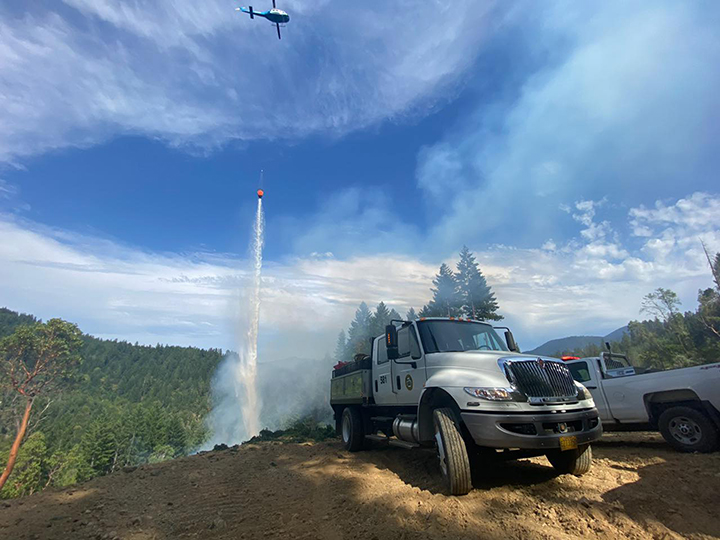Columbia Memorial Hospital’s expansion in Astoria designed for resiliency
Published 6:00 am Monday, May 29, 2023

- A rendering shows the expansion of Columbia Memorial Hospital in Astoria.
The size and scope of Columbia Memorial Hospital’s new footprint in Astoria have taken shape as more details about the expansion emerge.
Renderings show the $175 million project with four floors at an estimated 69 feet high at the campus off Exchange Street.
Erik Thorsen, Columbia Memorial’s chief executive officer, a representative from the project’s architecture firm and other hospital leaders met with The Astorian on Wednesday to discuss the progress.
Rich Shiga, a principal with ZGF Architects, the Portland-based firm hired to design the project, said design development is about 40% complete. “I think it’s starting to get to the look and feel, but the exact materials are still very much being looked at,” he said.
The long-anticipated expansion, which was announced in February, will involve construction of a new facility — estimated at 180,000 square feet — and a remodel of the existing hospital. The new structure will sit between Professional Office Building One and the CMH-OHSU Knight Cancer Collaborative while being attached to the existing hospital.
The project includes an expanded emergency department, improved operating rooms, larger patient rooms and other enhancements. The need for improved patient privacy, Thorsen said, is driving the increase in square footage.
“It’s just fantastic, I think, that our organization is in a position to be able to do this,” he said. “In a spot, not only in a community that wants it, wants to utilize our services, has confidence in our services, that allows us to be able to reinvest back in our campus and create a tremendous asset for this community moving forward.”
Three floors, varying in height, will provide patient care, while the fourth floor will contain mechanical equipment, generators and more, Thorsen said. A helipad will sit on the roof.
Winterbrook Planning, a Portland-based consulting firm, was hired by the city to assist with land use and planning issues related to the project. At an Astoria City Council work session in April, Jesse Winterowd, a principal with the company, discussed the hospital’s interest in height above what the zoning code allows and the need for code amendments.
One reason for the height, and a big emphasis of the project, centers around resiliency.
Thorsen has said Columbia Memorial, constructed in 1977, would not withstand a major disaster. The expansion and renovation of the hospital, which is in the tsunami inundation zone, would create a more sustainable structure that Thorsen hopes is a model of resiliency other coastal hospitals can follow.
“I believe the resiliency piece is huge,” he said. “Our community has no evacuation towers, other than going up the hill. We have the most vulnerable people in our care every day in our community and not having a safe way to protect them during a major event, other than evacuation … but we believe we can do better than that, we believe the community deserves better than that — to have a way to remain safe while they’re under our care.
“I think all the effort that we’re putting into the resiliency around this building is a huge win for this community.”
Funding for the project will come from four sources — new debt, cash reserves, philanthropy and grants. Around $30 million to $40 million is likely to come from fundraising and grants, Thorsen said.
A Columbia Memorial filing with the Oregon Health Authority stated that the expansion would not add new services, but the hospital has said the statement applies to the certificate of need process — state oversight that seeks to prevent unnecessary investment in new facilities and services that can drive up health care costs.
In an FAQ released this week about the project, the hospital listed a number of expected technological additions. New services will include robotic surgery, additional telemedicine and mammography services, a dedicated interventional radiology suite, dedicated imaging equipment in the emergency department and more.
The expansion could also increase behavioral health services, with dedicated rooms for crisis response in the emergency department.
The 25-bed critical access hospital does not plan to increase the number of beds. Thorsen pointed to a shift toward outpatient care and said the new facility will fill needs through added emergency and observation rooms.
Columbia Memorial, which is one of Clatsop County’s largest employers with about 750 staff, estimates the expansion will initially add 50 new jobs, with more created once providers and services are brought on.
The project is expected to break ground in late 2024 and take two years to construct.
“We have spent a lot of time thinking about where we fit in the community,” Thorsen said. “A lot is expected and asked of our organization and health care organizations across the nation, not just Astoria. But we are becoming the hub for all things health care in a community and we’ve tried to accommodate that.
“ … This facility will allow us opportunities to even expand that.”







